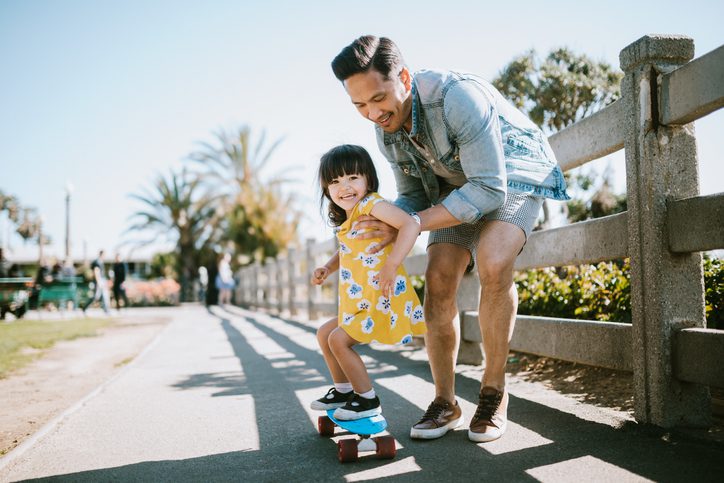
Jul 13, 2021 | Advice for Affiliates, Tips for Healthy Living
Discovering life’s joyful moments fuels our creativity, our purpose, and our overall wellbeing. Although it can be challenging to allow ourselves to truly appreciate what brings us joy daily, it’s well worth the effort as all aspects of our lives can benefit. Be...

Jun 7, 2021 | Advice for Affiliates, Tips for Healthy Living, Understanding Mental Illness, Wellness
Mental health can and should be a daily practice, taken into consideration more often than “when something is wrong” or when going through a particularly difficult time. Taking care of your mental health is a preventative form of care and by incorporating daily...

May 17, 2021 | Advice for Affiliates
As mental health professionals, you may suggest the importance of self-care to your clients, but do you have a difficult time implementing a practice in your own life? During the last year specifically there’s been an increase in demand for mental health services as...

May 4, 2021 | Q+A, Tips for Healthy Living, Understanding Mental Illness, Wellness
This article originally appeared in Macaroni Kid on April 29, 2021, by Luanne Starr Rhoades, LCPC, LADC, CCS; Health Affiliates Maine. Question: I recently found out my 17-year-old is smoking marijuana. He said he does it to help with anxiety and that he finds a lot...






